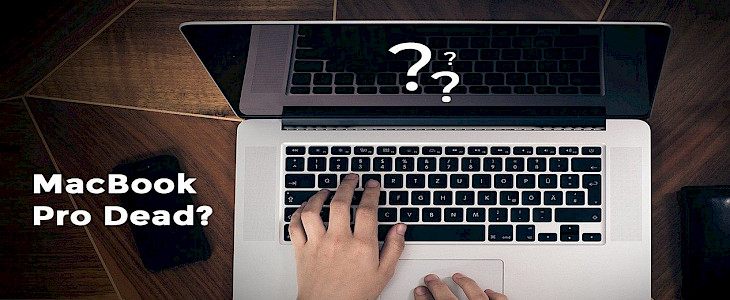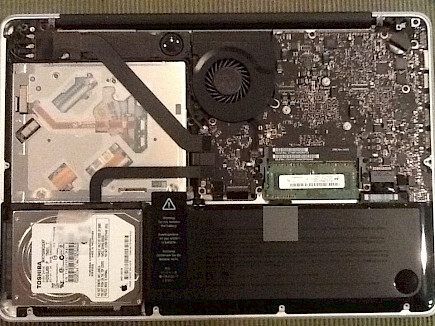
Today we are going to talk about a frequently asked question about an issue that affects numerous Mac users every year. As per reports, more than 10,000 Macbooks are brought in by Apple for recovery. The basic problem among these devices is - “Failure to Start”.
“Failure to start” is a technical term used when your MacBook is not powering up. This problem could be caused by numerous reasons like:
1) Faulty Drivers
Drivers are like the basic software counterpart of hardware that has been used in a MacBook. When you do not update your drivers then can:
- Consume too many resources causing the internal wiring of the motherboard to short-circuit.
- Make hardware less efficient.
- Affect the overall performance of the device and OS.
- Prevent system updates.
2) Internal Hardware malfunction
The MacBook, like any other computing device, is made up of numerous electronic components. These components work concurrently in unison to make everything work. But, if you ever get the chance to look at the internals of a MacBook you will notice:
- All components are soldered down for protection.
- They are too hard to change and access.
- Each component is extremely small(having an average size of 2-5 mm)

So, if only one MOSFET or any other smaller component is not working properly then, the whole system will be unresponsive to any action.
3) External Hardware malfunction
External hardware of a MacBook include the:
- Power Button.
- Keyboard
- Trackpad
- Charger
If any one of them malfunctions then, the whole system is affected.
4) Software malfunction
There is two main software in any computing system:
- System Software - the macOS.
- Application Software - iTunes, Safari, Final Cut Pro, etc.
If the system software is not working properly then, the whole system becomes unresponsive.
To remedy this, you can try out the following methods:
1) Force Shutdown and Restart
Often some system threads or drivers get corrupted or hanged. This causes the whole system to go into some sort of coma. Thus, force shutdown is used to put the Mac to sleep.
To force shutdown your MacBook:
- Click and hold on to the power button of your MacBook for 10 seconds.
- Flip the MacBook over and listen to any fan noises.
- If there is no fan noise, you have successfully managed to force shut your device.
- If there is fan noise, repeat the steps again until your device is turned off.
To force restart your MacBook:
- Click and hold on to the “command” and “Ctrl” keys until your Macbook reboots.
- If this method works, you are good to go.
- If it doesn’t, call a technician/ engineer immediately.
2) Manually Checking the power sources and ports
For this method, you will require a device called - Voltmeter.
First,
- Plug your charger into an extension port and switch it on.
- Bring the live wire(Red wire) of the voltmeter to the mouth of the charger’s power outlet and the earth(Black Wire) to the base of the charger’s power outlet.
- If you get a reading, then your charger is fine. The real issue is with the device.
- If you don’t get a reading. It’s time to get a new charger.
Secondly, You will have to check the internals of your Macbook to pinpoint the problem. To do this:
- Open up your Macbook by unscrewing the rear panel.
- Locate the power inlet and place the Voltmeters wires according to the inlets.
- If you get a reading, there is a problem with the internals. Better contact the nearest Apple Store to get the internals fixed.
- If you don’t get a reading, the charging inlet is causing problems. Get it fixed.
Conclusion
These are some simple steps you can take to jump-start your MacBook. But, be sure to never tamper with a MacBook’s internals or, use the Voltmeter to test out other hardware components like batteries or Store Disks.
And most importantly, prevention is better than cure. Thus, be sure to restart your MacBook from time to time and keep all the System software and Device drivers updated.





